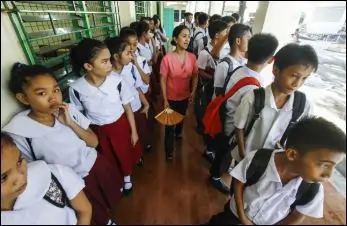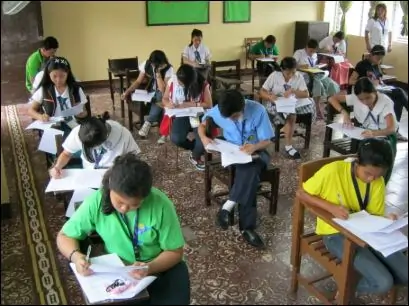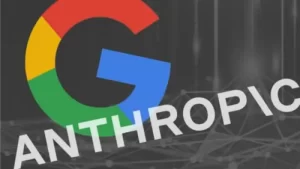
Table of Contents
Introduction

A landmark education reform, House Bill for Students (HB) No. 11213, also known as the “Education Pathways Act,” has passed its second reading in the House of Representatives.
Approved via viva voce during a recent session, this Bill for Students aims to empower junior high school graduates by offering them the freedom to choose between academic and technical-vocational tracks for their senior high school years.

This initiative seeks to bridge the gap between education and employability, addressing long-standing issues in the Philippine education system.
Key Provisions of House Bill for Students No. 11213
College Preparatory Program
Under the proposed Bill for Students, students opting for the college preparatory track will benefit from a specialized curriculum developed by the Department of Education (DepEd). This curriculum will include:
- Core Subjects: Designed to enhance functional literacy and practical skills.
- Elective Courses: Tailored to individual interests and aligned with college admission requirements.
The DepEd will work closely with the Commission on Higher Education (CHEd) and academic institutions to ensure the curriculum meets the standards of higher education. Universities will also be mandated to provide clear program information, enabling students to make informed decisions about their academic futures.
Technical-Vocational Program
For students inclined toward technical and practical skills, the Technical Education and Skills Development Authority (TESDA) will offer a variety of industry-driven programs. These programs aim to equip students with:
- Practical Skills: Ensuring employability upon program completion.
- Functional Literacy: Preparing students for real-world challenges.
Additionally, TESDA’s programs will adopt a ladderized education system. This allows students to:
- Earn certifications that validate their skills.
- Transition to colleges or universities offering laderized systems after passing the Philippine Educational Placement Test (PEPT) or equivalent assessments.
Implementation Details
Role of DepEd
The DepEd will:
- Develop a comprehensive curriculum for Grades 11 and 12.
- Include the University Preparatory Pathway in its educational roadmap.
- Collaborate with CHEd, colleges, and universities to align curriculum standards.
Role of TESDA
TESDA will:
- Partner with industries to ensure the relevance of its programs.
- Strengthen accreditation systems and recognition of prior learning.
- Implement an industry-approved curriculum for technical-vocational tracks.
Challenges Addressed by the Bill for Students
The “Education Pathways Act” responds to criticisms of the K-12 program, which many argued failed to address learning gaps. Previous assessments revealed:
- Filipino students lagging behind their international peers in key areas such as mathematics, science, and reading.
- Persistent concerns about the employability of K-12 graduates.
By offering tailored educational pathways, the Bill for Students aims to:
- Equip students with skills aligned with industry demands.
- Prepare college-bound students for rigorous academic challenges.
- Address systemic issues highlighted by international assessments such as the Programme for International Student Assessment (PISA).
Conclusion
House Bill No. 11213 represents a significant step toward education reform in the Philippines. By providing students with the option to choose between academic and technical-vocational tracks, it empowers them to take control of their futures. If successfully implemented, the Bill for Students could close educational gaps, improve employability, and align the Philippine education system with international standards. However, its success hinges on effective collaboration among DepEd, TESDA, CHEd, and industry stakeholders.
Frequently Asked Questions (FAQs)
1. What is the “Education Pathways Act”?
The “Education Pathways Act” is a proposed bill that allows junior high school graduates to choose between college preparatory and technical-vocational tracks for senior high school.
2. How does the bill benefit students?
The bill provides tailored education pathways, ensuring students gain relevant skills for either higher education or immediate employment.
3. What is the role of TESDA in this bill?
TESDA will develop industry-driven technical-vocational programs and implement a ladderized education system for students.
4. Can students shift from the technical-vocational track to college?
Yes, students can transition to college after completing their technical-vocational program and passing the required assessments.
Disclaimer
This document is for informational purposes only and does not constitute legal advice. For official details and updates, please refer to government announcements or consult the full text of House Bill No. 11213.
TechWirings does not endorse or explicitly support any views or actions expressed in this content.










